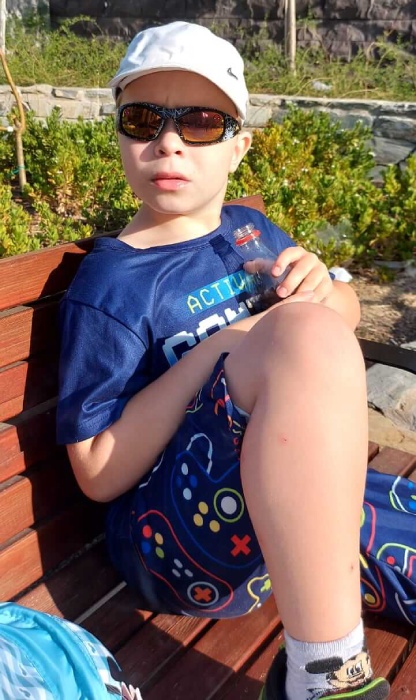Development of a sense of time in autistic children
Autism spectrum disorder is characterised by disturbances in temporal and spatial orientation. Such special children have no concept of the lapse of time, and the terms “yesterday, today, and tomorrow” are meaningless concepts. They can live only in the current time, “here and now.” It is noteworthy that they have selective memories of the past, but there is no concept of the near future in their thinking, or it is very blurry.
The expediency of developing a sense of time in children with ASD
It is very difficult for autistic children to wait for anything. The waiting process is painful and exhausting. Such mental stress can even cause physical pain and irritation and lead to depression. Distorted understandings of time have to be corrected, and this must begin in early childhood.
An important component of the learning process is teaching the child how to distinguish between changing periods of the day, understand the time on a watch, and explain other time phenomena. Attention should also be paid to such concepts as the cyclical nature of recurring events, continuity, and the conditions of changing seasons.
It is difficult for an unprepared person to understand how an autist cannot perceive temporary features. But children with autism do not perceive abstract objects; their brains can only work with substantive concepts.
They also cannot independently establish cause-and-effect relationships between events. This causes great difficulties in learning the simplest everyday skills. It is necessary to maintain a clear daily routine to cope with such dysfunctions, consistently teach a child at home, and, of course, visit specialised institutions for autists to undergo training to instill spatial-temporal concepts.
The development of a sense of time in children with ASD is a complex work aimed at:
- Training to recognise the change of seasons and days
- Recognising the time of year and day by external signs
- Drawing a correlation between the actions performed and the time of day
- Determining the time of day independently
- Independently adhering to a daily routine, depending on the time
How do you teach an autist to understand time?
For teaching, the educator uses objects to give “visibility” to the time. Autists have better developed imaginative thinking than abstract ones. For example, a tooth brush can symbolise morning, a plate for lunchtime, a toy for a break, pyjamas for bedtime, etc. Understanding time reduces patients’ anxiety and develops a habit of planning and “seeing” themselves in the future.
Conservative treatment of childhood autism spectrum disorder rarely produces significant therapeutic effects. Undergo a stem cell transplant procedure; it will renew the brain of an autist and eliminate many of the disease’s symptoms.
The Georgian Mardaleishvili Medical Centre specialises in working with children diagnosed with ASD. Here the most innovative technology for the treatment of childhood autism is used: stem cells. Its core is the use of the body’s own regenerative powers. For this purpose, stem cells from bone marrow or umbilical cord blood are used. This biomaterial has the ability to restore the correct structure of body cells. In this case, the matter concerns certain areas of the brain that are damaged in autistic children. Restoration of the structure positively changes the pathogenesis of the disease and eliminates many of its symptoms.
Sign up online for the correction of childhood autism and get a free consultation about the procedure and an individual treatment prognosis!
Autism Treatment Center Videos
Autism treatment with own stem cells
Cord blood association congress
International Quality Crown
Autism Treatment Reviews
Autism treatment with own stem cells
The story of Alessandro (6 years old)
Autism Patient Testimonial - Stem Cell Treatment
Clients Testimonials

Irina and Stefan – Ilya’s parents Read More

Kristina – mother of Nelly and Nik Read More

Marina and Grigory – Maxim’s parents Read More

Testimonial from Shakhnoza, mother of Asal Read More

Review by Anastasia, mother of Yusup (8 years old) Read More












